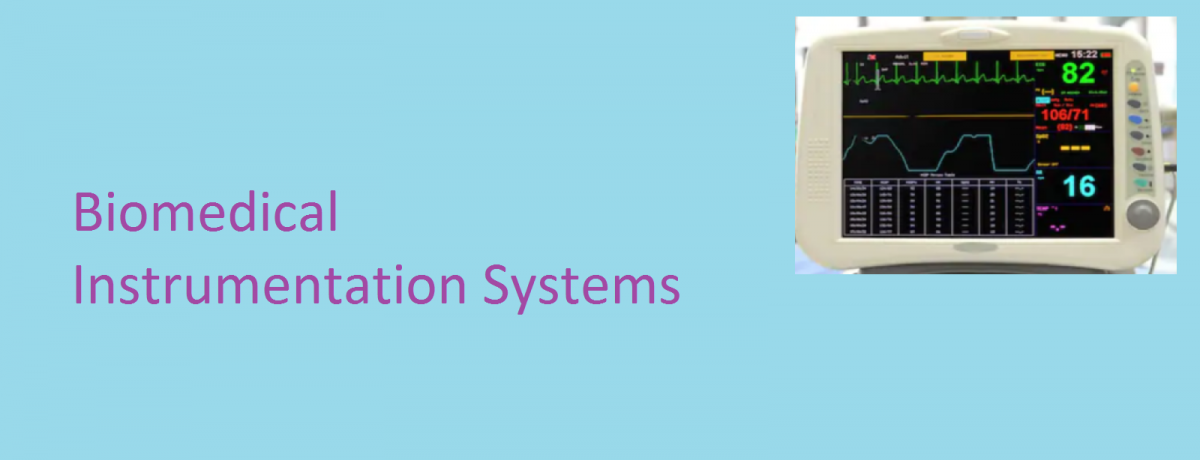Diathermy is the process through which electrically induced heat or the application of high frequency electromagnetic currents as a form of physical therapy and in surgical procedures.
Diathermy is commonly used for muscle relaxation. It is possible to pass high currents in the range of 100 kHz through the human body without any risk as at high frequency neither the nerves nor muscles can be stimulated. The high frequency electric current can be utilised to produce heat in the body tissues due to the resistance of tissues to the current flow.

Contents
Application of Diathermy in Physiotherapy
The main objective of diathermy in physiotherapy is to heat the internal tissues without unduly raising the temperature of the skin. The diathermy also helps in restricting the heating to a localised area of the tissues. In physiotherapy, we have 3 types of diathermy that can be used:
- Shortwave diathermy
- Microwave diathermy
- Ultrasonic diathermy
Shortwave Diathermy
In shortwave diathermy either capacitor plates (pads) or an inductive coil is used with shortwaves (wave of 11 m in length) for heating of tissues. The pads or electrodes are placed so that the portion of body to be treated is sandwiched between them. The body tissues to be treated act as a dielectric material of the capacitor; when shortwaves are applied, the capacitor produce heat due to the dielectric losses in the tissues.
In inductive coil method, the portion to be treated is positioned in the inductive coil. A varying electrostatic field is set up when a current of shortwaves is applied on the inductive coil which heats up the tissues.
Shortwave diathermy does not produce any discomfort to patients as compared to other methods of heat application such as hot towels, infra-red lamp and electric heating pads.
Shortwave diathermy is used to relieve pain and healing of deep-seated sports injuries.
You can also read: The Introduction to Biomedical Instrumentation
Microwave Diathermy
The microwave of the range of 300 to 30,000 MHz can be used but the most commonly used frequency is 2450 MHz, the microwave diathermy can provide better results as compared to shortwave diathermy. A special type of device called magnetron is used for the production of microwaves.
The technique for application of microwave for diathermy is very simple; there is no requirement for pads, electrodes, capacitor pads or inductive coils. The microwave can be transmitted from an emitter (magnetron) and these are directed towards the portion of the body to be treated. The waves can pass through the intervening space and these are absorbed to heat up the tissues at the desired depth which are to be treated. However microwaves have a relatively poor depth of penetration.
Ultrasonic Diathermy
In this technique, heating is produced by the absorption of ultrasonic energy by certain tissues. There is a difference in the sensitivity of various fibres to the acoustic vibrations as some are more absorptive and some are more reflective. The ultrasonic waves produce high-speed mechanical vibrations in the cells of absorptive tissues; thereby resulting into micro-level massage of these tissues. A piezoelectric crystal is used to generate ultrasonic energy when the oscillator output is applied to it. It is possible to control the depth of penetration of the ultrasound energy so that the desired tissues can be treated.
You can also read: Cardiac Defibrillators
Application of Diathermy in Surgery
Surgically, the extreme heat that can be produced by diathermy can be used to destroy:
Don’t miss out Important Updates, Join Our Newsletter List
- Neoplasms
- Warts
- Infected cells
- Cauterize blood vessels to prevent excessive bleeding
Diathermy is particularly valuable in neurosurgery and the surgery of the eye.

